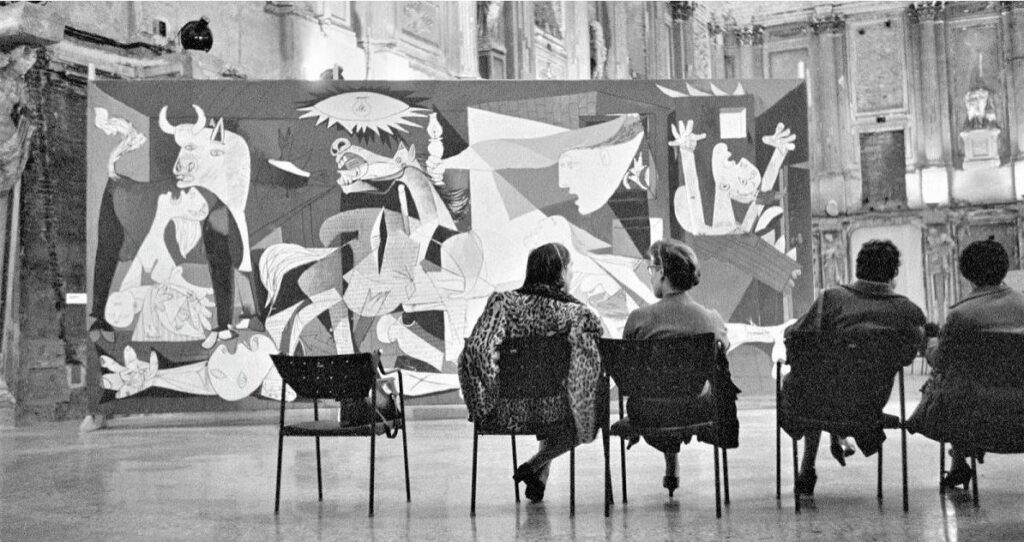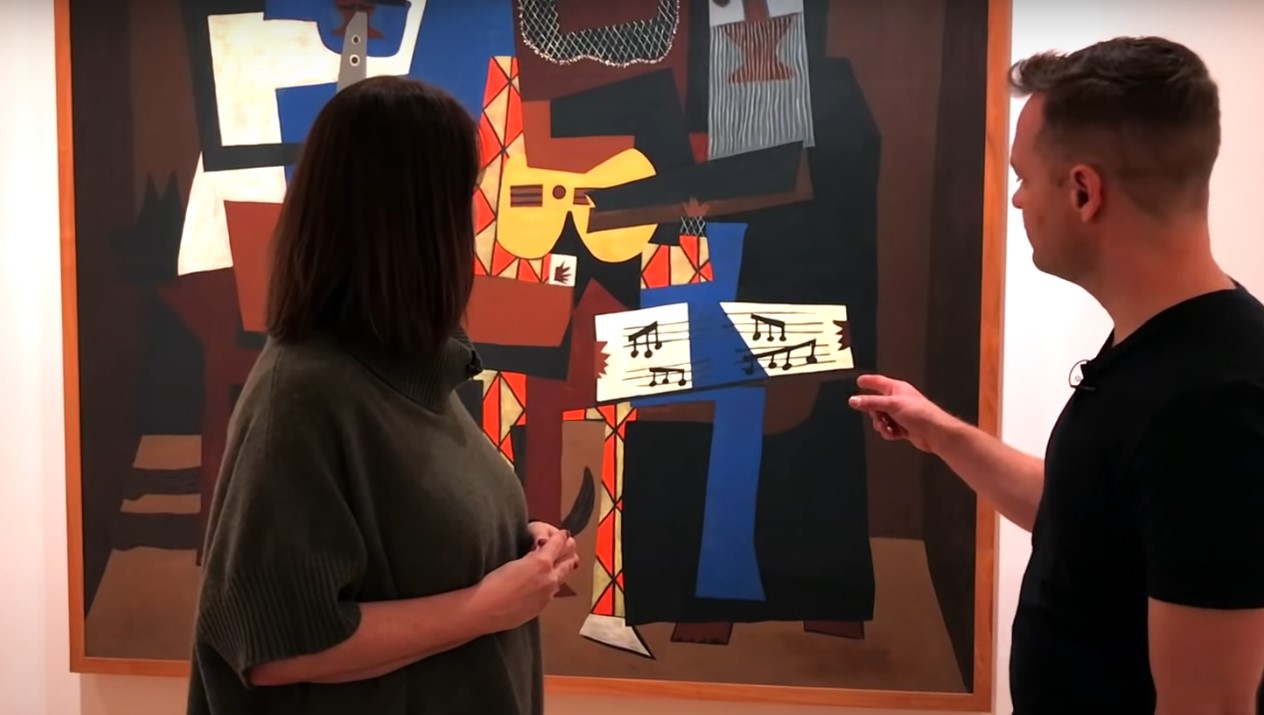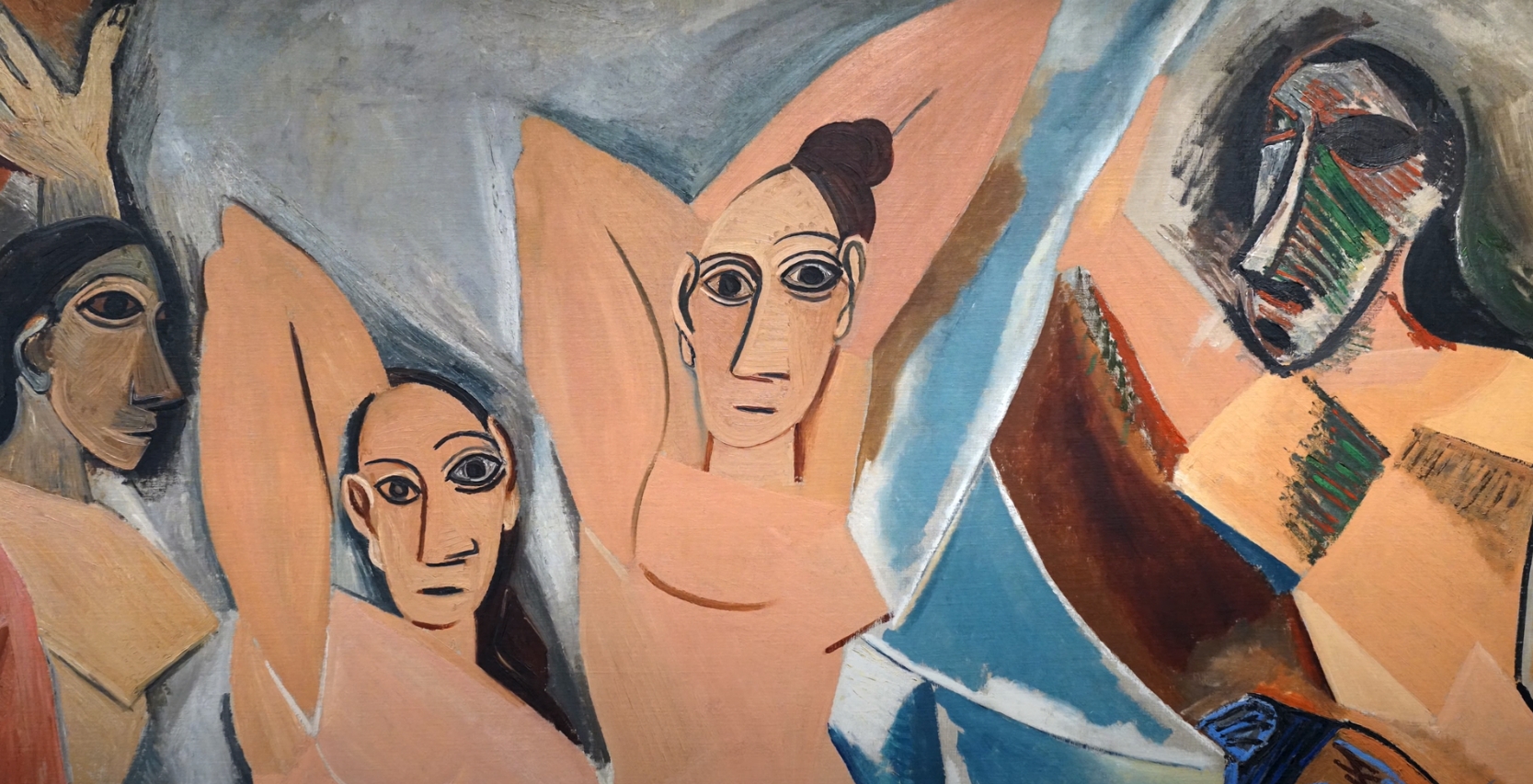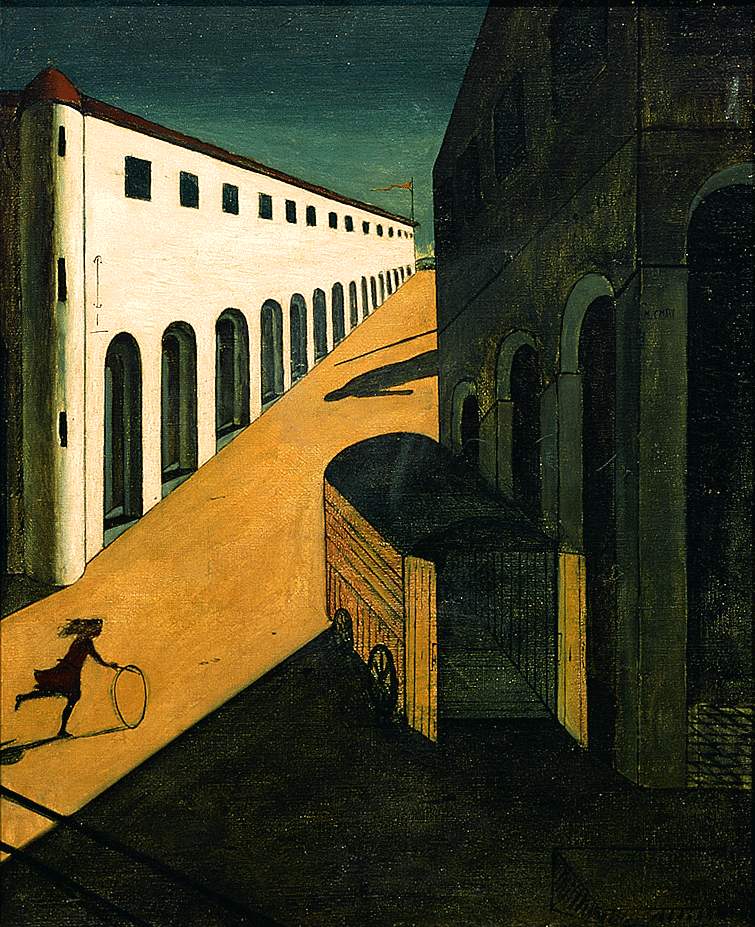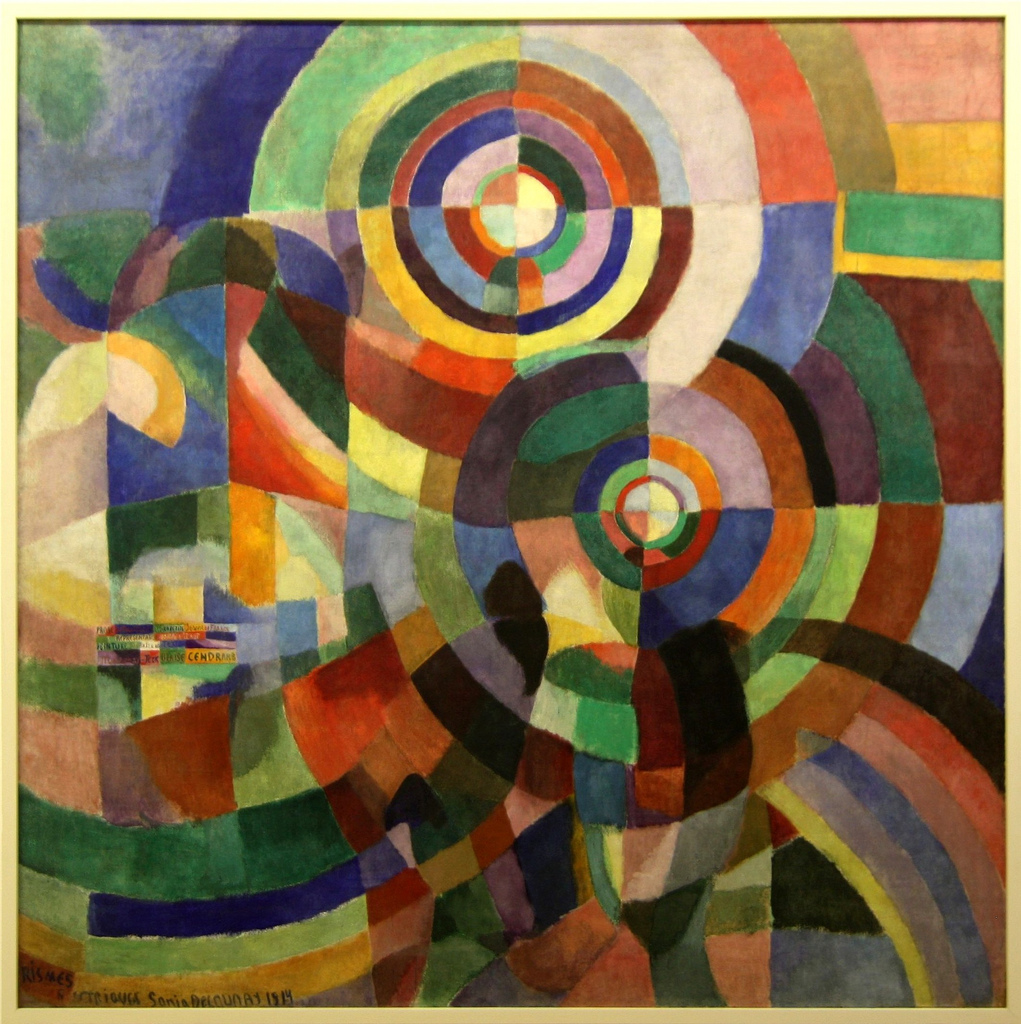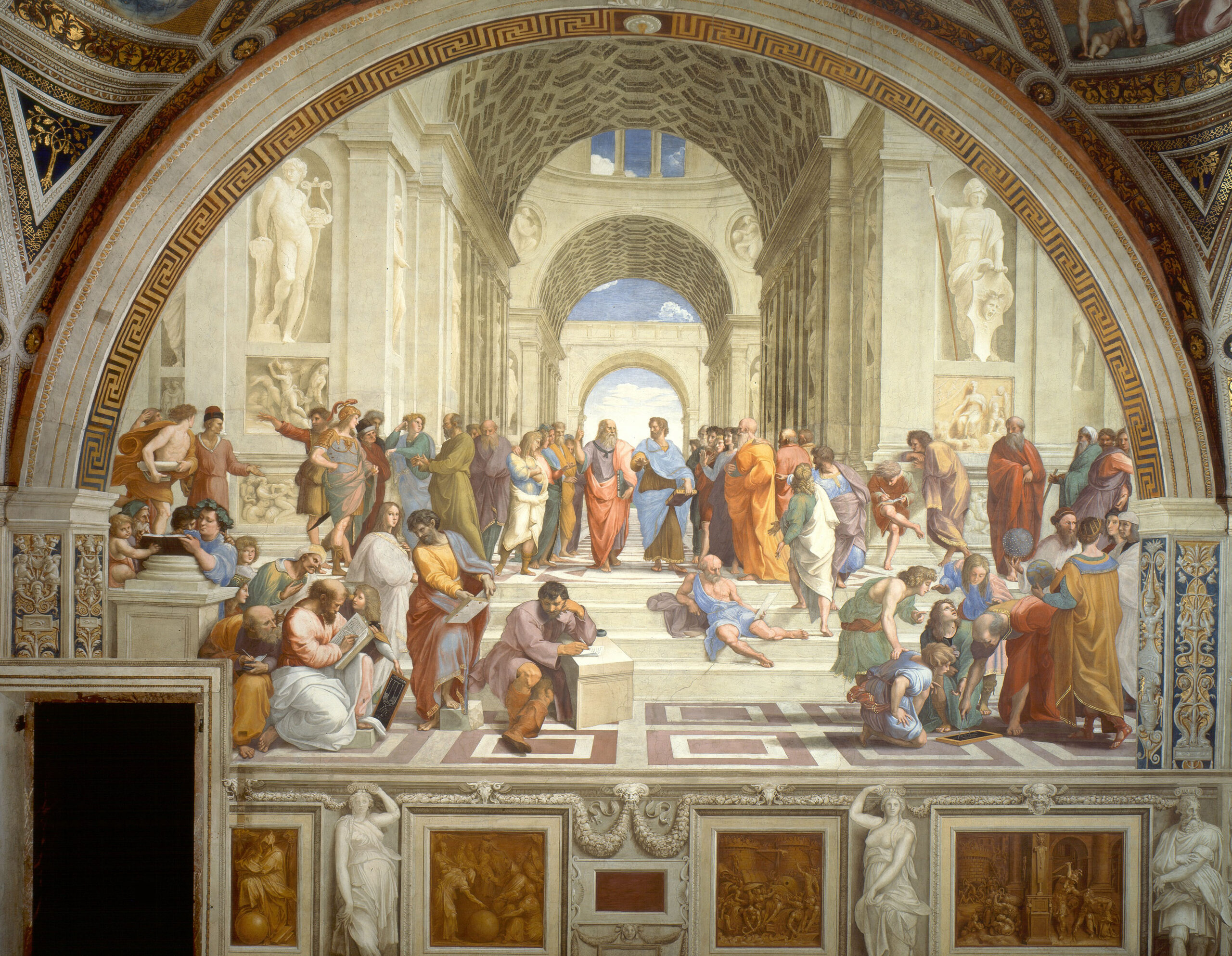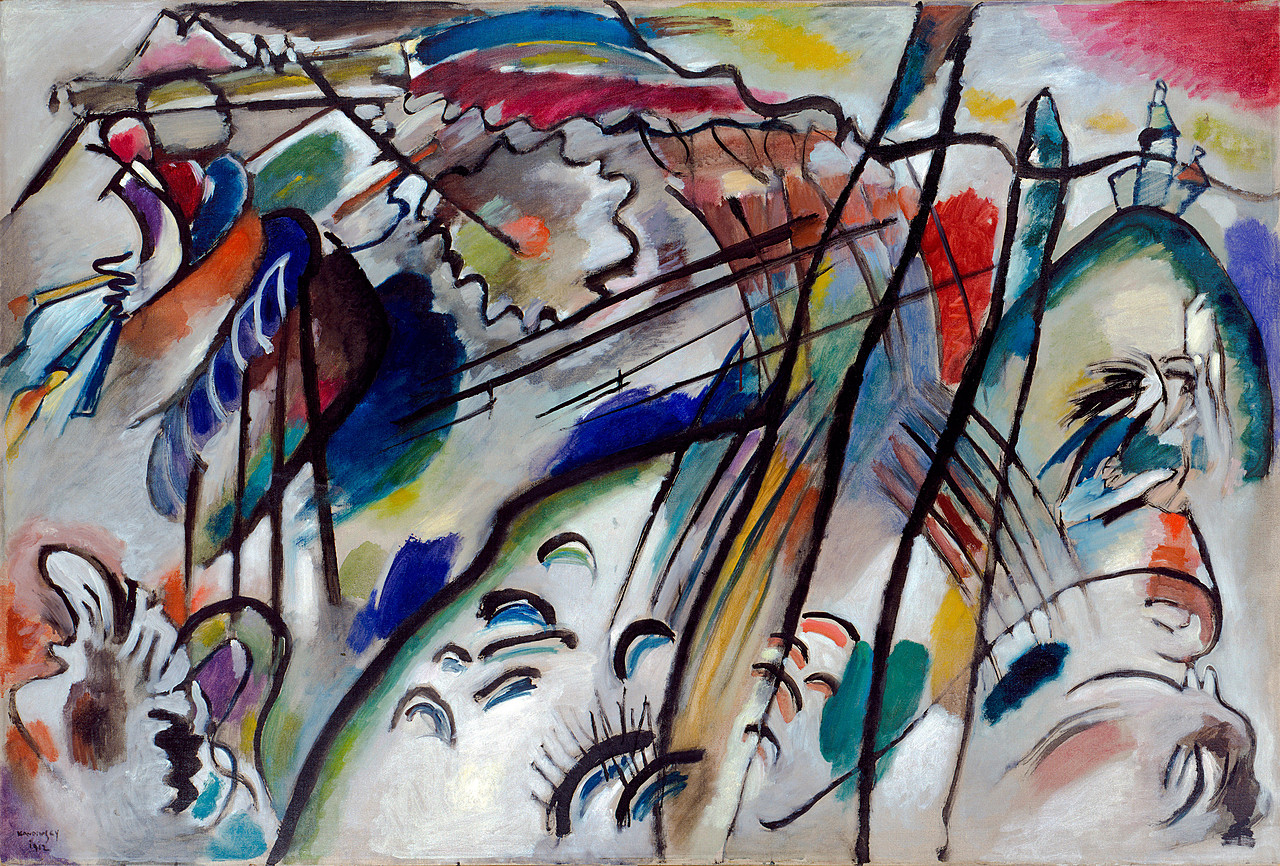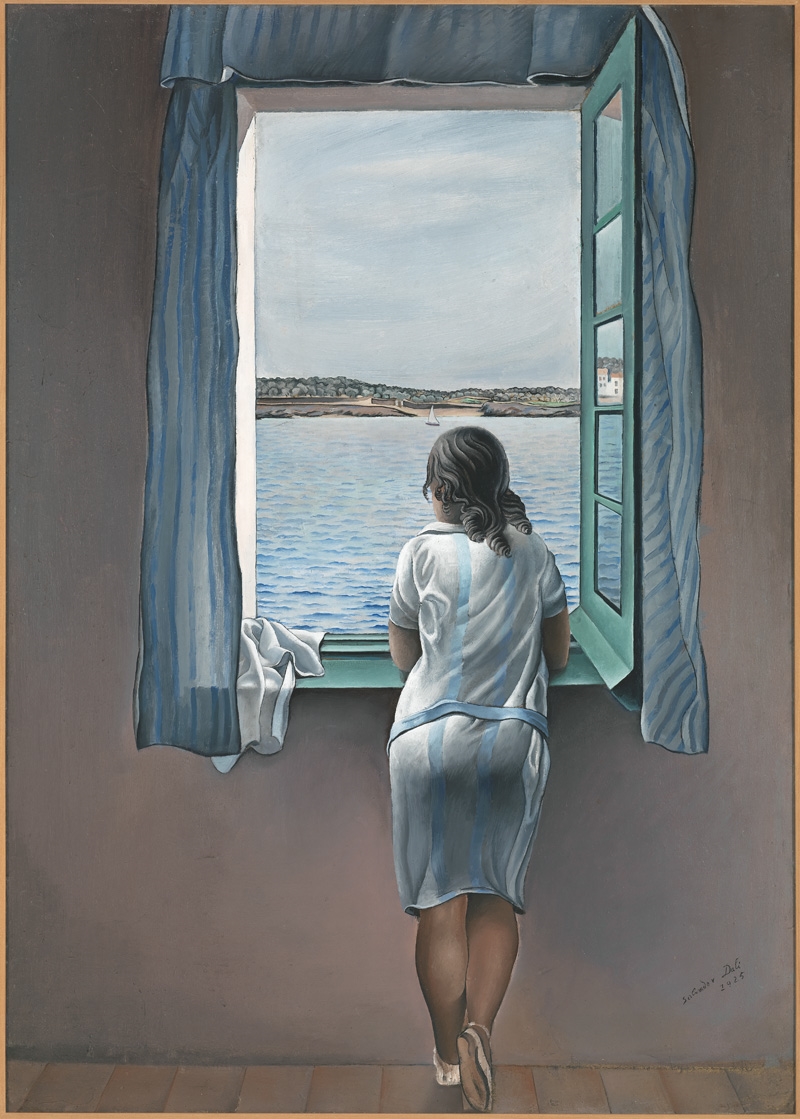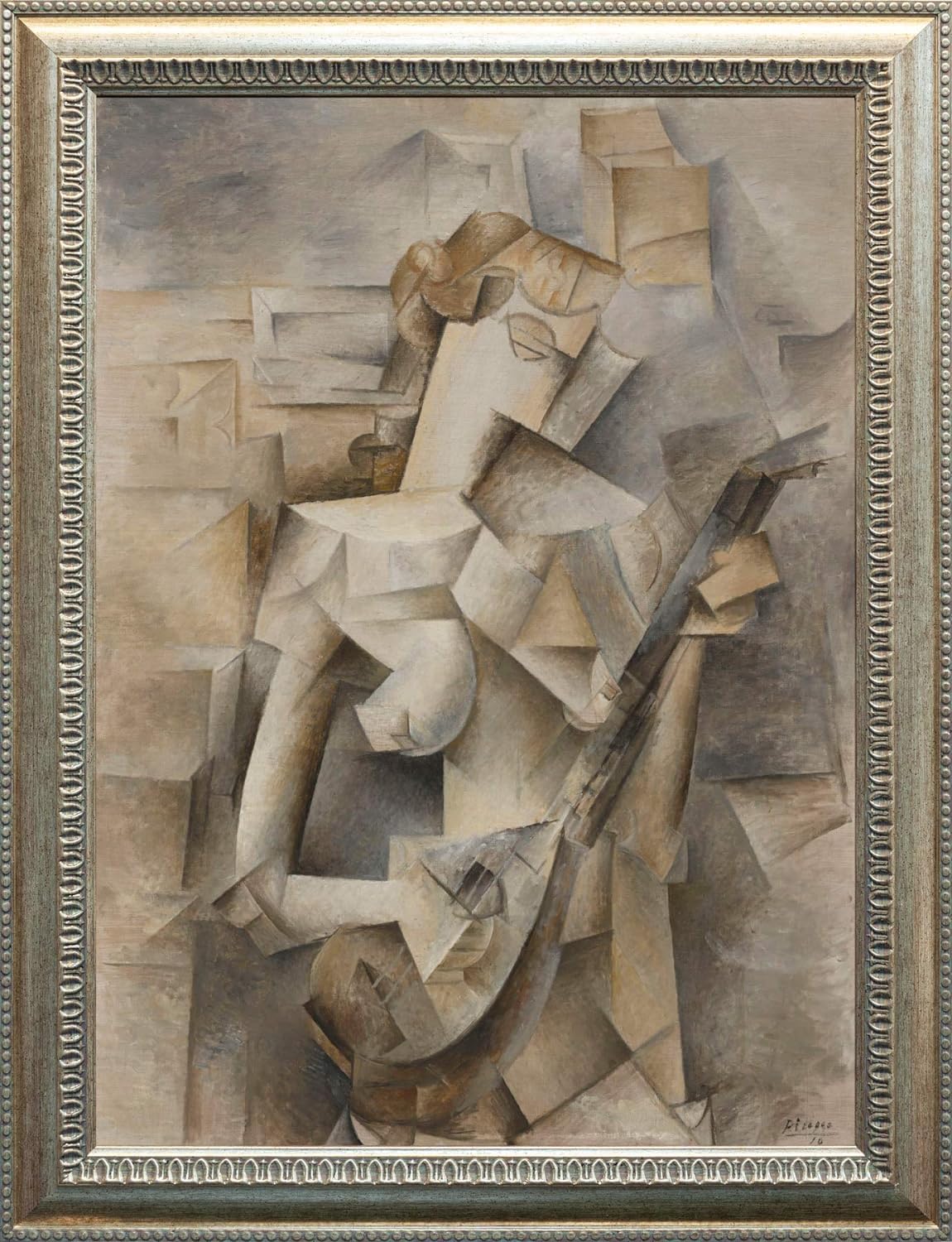Guernica, a silent witness to the Spanish civil war unleashed in 1936 and extended over three years, becomes a prophetic symbol. The population of Guernica, a town in northern Spain, was the victim of an attack planned by the Nazi Luftwaffe in complicity with General Francisco Franco, leader of the rebellion against the Spanish Republic.
The Story Behind Guernica By Picasso
The Genesis
In 1937, the Spanish government asked Picasso to create a mural for the Universal Exposition in Paris. Influenced by the Greek art of Aeschylus and Sophocles, where themes such as war, justice, and morality are explored, Picasso entered into a creative process that led him to capture his vision of the horror of war in the mural. In a dark period where the population was fragmented, and those who supported different factions were persecuted, sacrificed and executed because of their political beliefs.
The Black and White Protest
Picasso raised his brush to produce a black and white depiction of the attack on the city of Guernica as a means of protest and expression against the brutality of the Spanish Civil War, where he captured the fury of the conflict leaving a lasting impression with a perceptible one-color palette and a stark contrast between light and shadow in striking compositions. The elegance of this canvas is the union of surrealistic aspects with cubist approaches and stands out not only for the approach in question, but also for its disturbing subject matter.
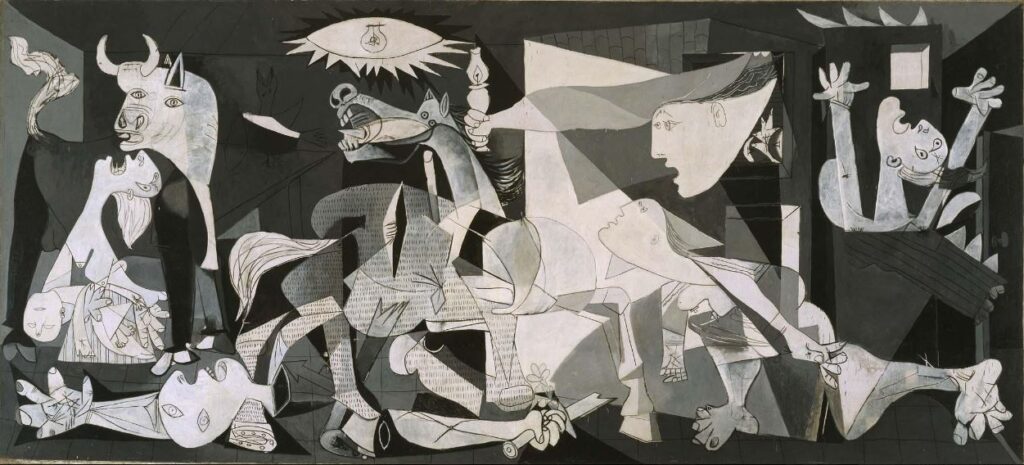
Full Description
Date: 1937
Technique: Oil on canvas
Style: Cubism, Surrealism and Expressionism.
Dimensions: 349.3 x 776.6 cm (349.3 x 776.6 in.)
Location: Museo de Arte Reina Sofia – Spain
In one month and one week ( 35 days ) Picasso created Guernica his monumental work, considering the large size of the mural (11 feet high and 25.6 feet wide).
The Spanish Pavilion at the 1937 Paris International Exposition
After its presentation at the Universal Exposition in Paris, Guernica undertook a two-year international tour with the aim of promoting sentiment against fascism and raising funds to support the forces of the Spanish Republic.
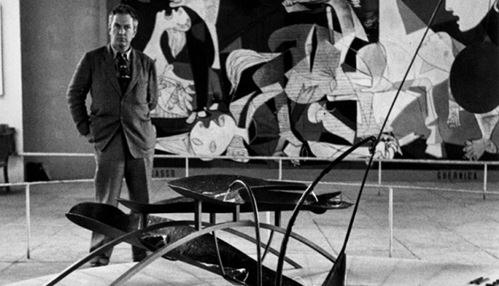
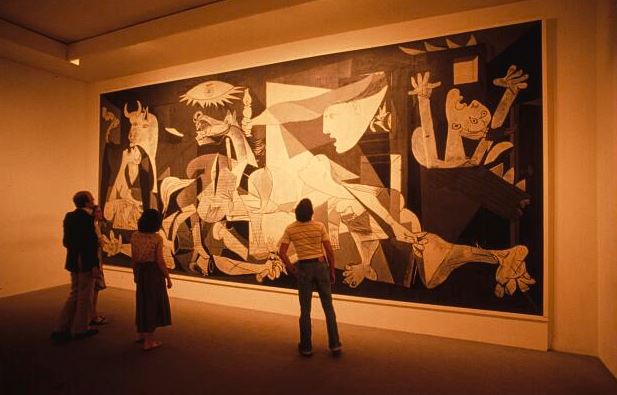
World War II and the Exile of a Work of Art
When World War II broke out in 1939, Guernica left Europe and found refuge at the Museum of Modern Art in New York. Over the course of two decades, MoMA exhibited this striking painting in several U.S. cities and around the world, helping to elevate the fame of Picasso and Cubism.
The relocation of the work was not only protected from this devastation, but also made it a walking symbol of artistic and cultural resistance during those turbulent years.
Analysis of Guernica
Cubist Keys to Understand The Work
Understanding cubism is key to capturing the essence of the work. In Guernica, Picasso applied cubism in a less rigorous manner. The forms are softened and fluid, and the color palette is simpler. However, its impact on the evolution of art towards modernism is undeniable. Through Guernica, Picasso contributed significantly to the development of abstract painting.
Cubism reveals itself as an innovative pictorial technique, developed by Picasso and Georges Braque, which allows the representation of scenes, people, and objects from multiple perspectives. This approach, known as analytical cubism, seeks to break down subjects into complex and varied geometric forms to create a deeper and more dynamic representation.
In analyzing the above, we can break down the painting into three crucial elements: the use of color, style, the symbolic richness it contains and the striking representation of human figures.
Color, Style and Shade
Picasso omitted colors in his work to avoid distractions that could divert the focus of the message, initially, he had incorporated a crimson tear on the woman’s face, but then chose to eliminate it, this choice makes sense when considering that without color the painting avoids providing visual relief, maintaining a constant intensity.
An Overwhelming Impact
Looking at the work in person, its mural size makes an overwhelming impact, presenting an amalgam of figures that are difficult to process instantly. As you approach the painting you become enclosed in monstrous chaos, particularly the middle, where the angular mode intertwines and you feel an intense force in these lines depicting Guernica.
The layout of the painting resembles a central triangle full of conflicts and surrounded on both sides by more personal horrors, this energy that is perceived in the work seems to reflect the intensity of the moment.
Symbols and Representations in Guernica
The Horse in Suffering
In the center of the painting a dramatic scene unfolds that captures the anguish and suffering of a bawling horse, with white eyes, a fractured limb, the expanded teeth on his face reflecting a palpable anguish of his pain, personifying the undeserved death that stalks the innocent in times of conflict, and even the lance that pierces him from the rear to the front could go unnoticed.
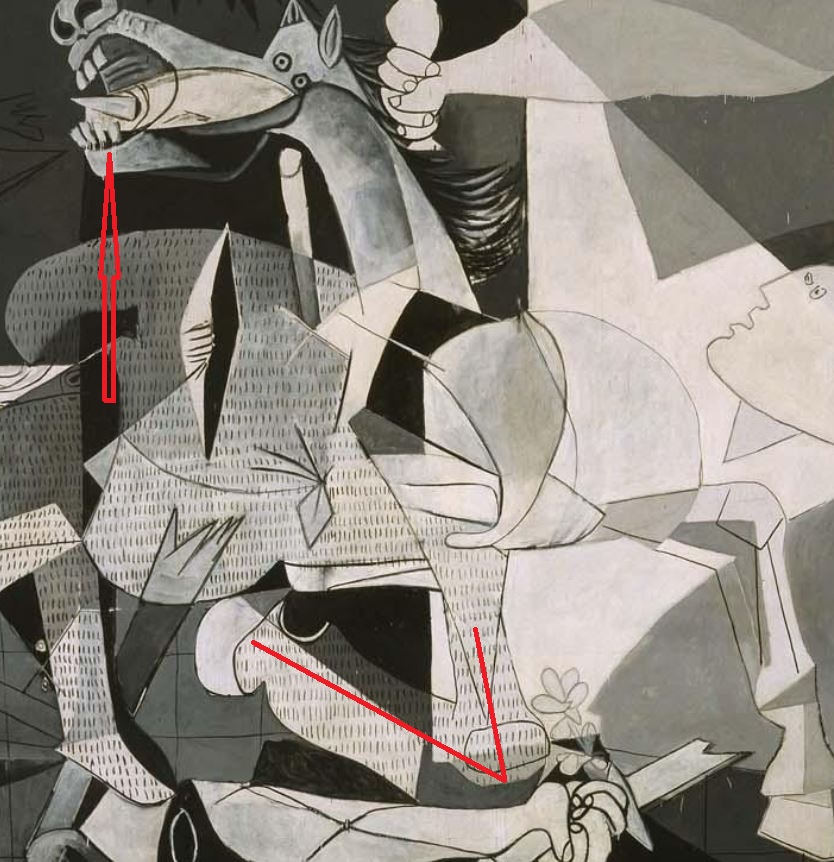
The Bullfighting Figure
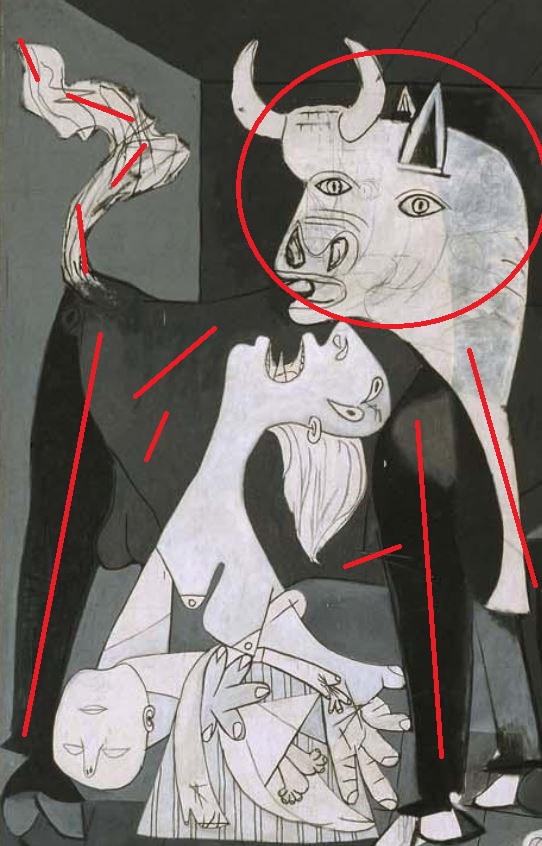
The shadow of death and brutality
The presence of the bull on the left suggests a complex symbolism. Representing both war and bullfighting, its figure projected over a mother and her dead child evokes the ominous shadow that violence casts on everyday life.
Tradition and Resistance
Rooted in Spanish tradition, the bull recalls the brutality associated with bullfighting and by extension, the cruelty of the civil war that plagued Spain. However, its imposing presence also reflects the resilience of the Spanish people, showing their strength and power in the face of adversity.
Unmoved by Chaos
Despite the surrounding chaos, the bullfighting figure remains unperturbed, revealing an ambiguity. This calmness could be interpreted as a criticism of the inaction of the international powers in the face of the bombing of Guernica during the Spanish Civil War. Amidst the suffering and destruction, the bull’s passivity could symbolize the complacency of those who chose not to intervene, thus highlighting the moral and political complexity of this tumultuous period.
Elements of Desperation, Contradictions, & ineffectiveness
At the end, barely distinguishable in the background, a bird screeching to the sky adds a touch of despair, but that’s not all, there are still more symbols easy to appreciate, for example the broken sword to the floor symbolizing the ineffectiveness of violence, plus an energetic and bright light bulb framed contradiction with the portable oil lamp.

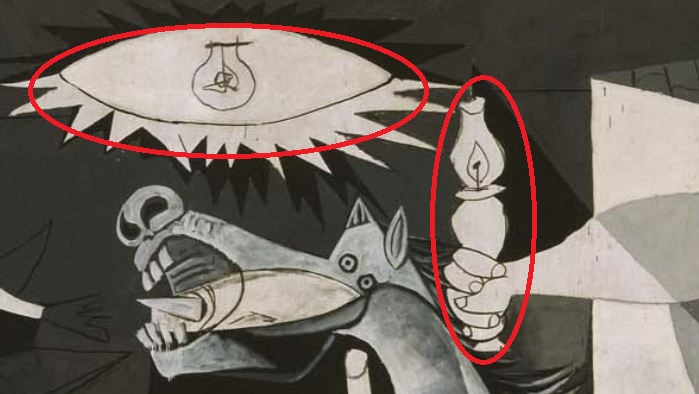
By including these nearby pieces he seems to want to convey the idea that although technological advancement brings with it conveniences such as electricity and vehicles, it also carries with it the burden of death and destruction.
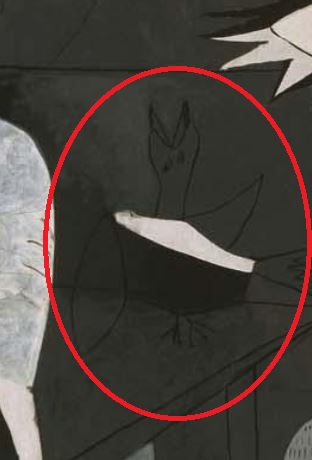
Behind the Fire
A human representation stands out among the flames of a building. This figure, with its apathetic light and dark tones, creates a striking contrast to the destruction that surrounds it. The architecture of the buildings, though it may at first go unnoticed, reveals an intriguing plot as one looks more closely. A pitched roof and the building engulfed in flames stand as symbols of chaos and devastation. The open doors and windows, charred structures, accentuate the sense of emptiness and desolation. The city, turned into a smoking ruin, reflects cruelty and horror.
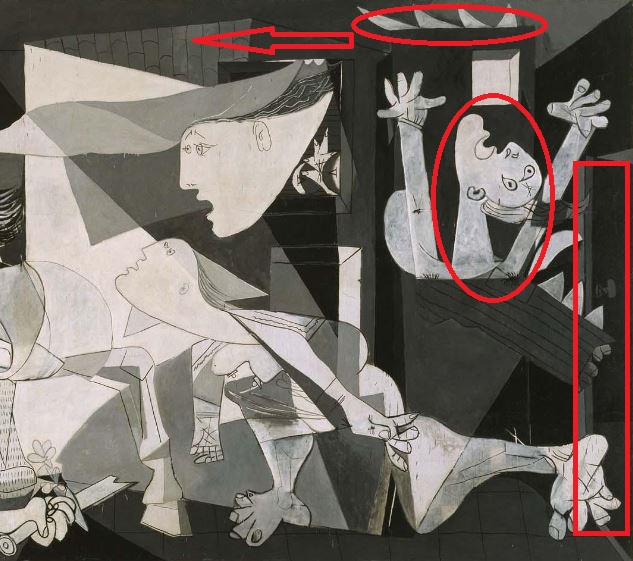
How Did Picasso Reinforce the Effect of Suffering in Guernica?
Picasso’s masterpiece, Guernica, is a profound study of human suffering and the tragedy of war. In this striking painting, the artist employs a variety of metaphors, figures and forms to convey the pain and desolation that accompany armed conflict.
The Agony of War
In the center of the composition, a dying horse and a grieving woman with a dead child in her arms capture the anguish and innocent loss of life. The body parts are exaggerated and deformed, the mouths emit silent wails, while the gazes reflect panic and despair.
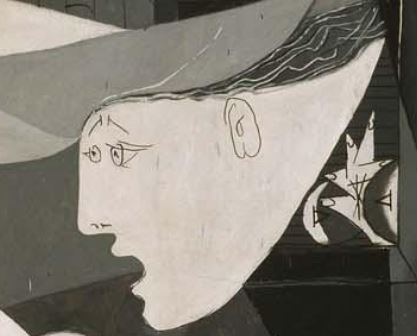
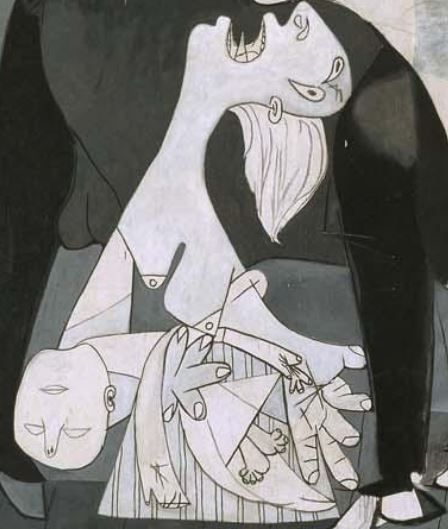
The Last Battle
At the base of the painting lies a shattered warrior, his hand clutching a broken sword, symbolizing the futility of violence and the human suffering caused by war.

Shadows and Ashes: The Portrait of Suffering
Picasso wanted to show a lot of suffering in his work. To achieve this, he decided to use black and white, as well as gray paint. Why? Well, because when there is a real bombing, everything is filled with dust and ash, the bright colors are not seen. So, by using only black and white, the artist made his painting feel more like the reality of a bombing, where everything looks dark and gloomy. This helped to convey the terrible effect of the suffering he wanted to show.
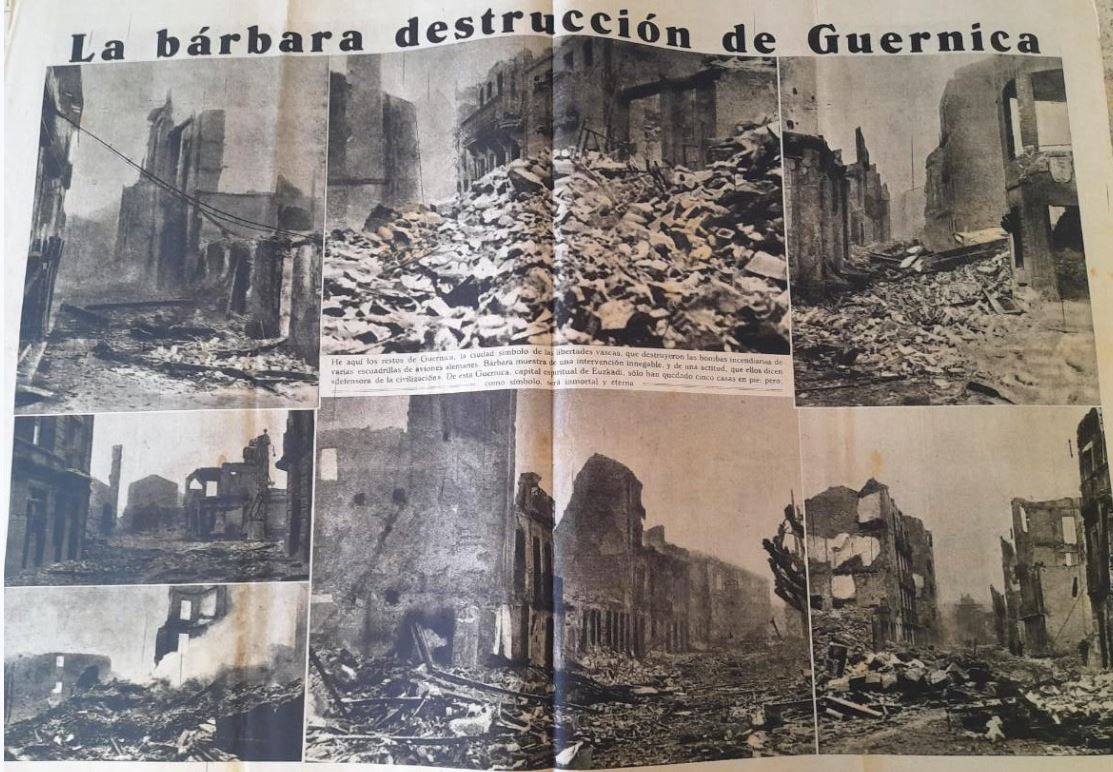
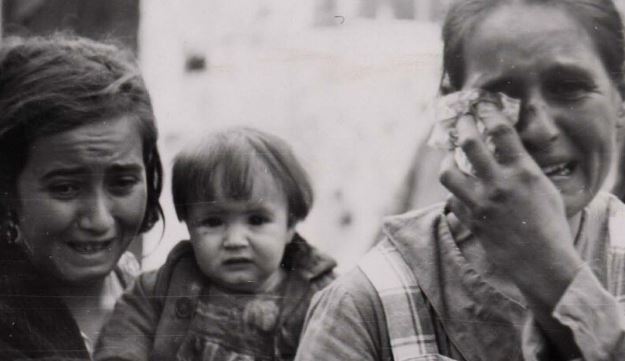
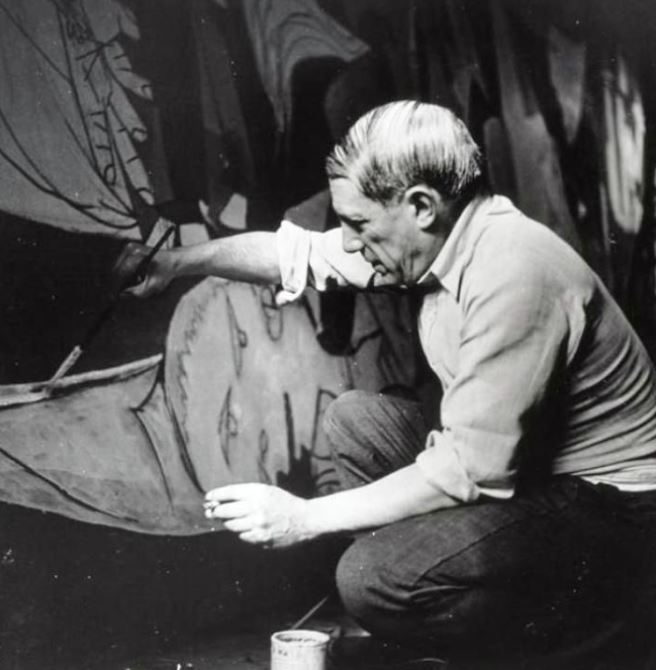
Methods & Resources Employed to Convey Crudity
During the painting process, Picasso was able to combine different angles and a unique approach to oil on linen and jute canvas. In addition, he incorporated unconventional elements, for example, he included fragments of wallpaper to add context, and combined sand with his paint and scraps of newspaper. Intending to capture the emotional and political complexity of the conflict from multiple perspectives. He succeeded in conveying the sense of chaos and disorientation experienced by the victims.
Important Facts About Picasso’s Guernica
Current value of Guernica
Guernica has remained off the auction circuit, complicating the assessment of its value. Given its historical connection to Spain and Picasso’s world-renowned fame, it is unlikely that Guernica will ever be offered for sale.
In spite of this, in recent decades, several of Picasso’s works have fetched more than $110 million dollars, which facilitates speculation about the value of Guernica. Considering the significant dimensions of the canvas, adding its historical and cultural relevance, it is plausible that its value would exceed 250 million dollars in case it is auctioned.
Possession Dispute
The artist hoped to offer the painting as a gift to Spain; however, the work generated much controversy, beginning when the Spanish government granted Picasso a sum of 150,000 French francs for the purpose of financially supporting some expenses associated with the creation of Guernica (equivalent to about $7,500 at the time or, adjusted to today’s values, $135,000).
The Odyssey of an Icon
Picasso exhibited Guernica at the Paris Exposition Universelle in 1937 and in several international exhibitions before it went to the Museum of Modern Art from 1939 to 1981. As a result, in 1981, Guernica was returned to Spain through an agreement between the artist’s heirs, the Spanish government and MoMA. The work is currently housed in the Reina Sofia Museum in Madrid.
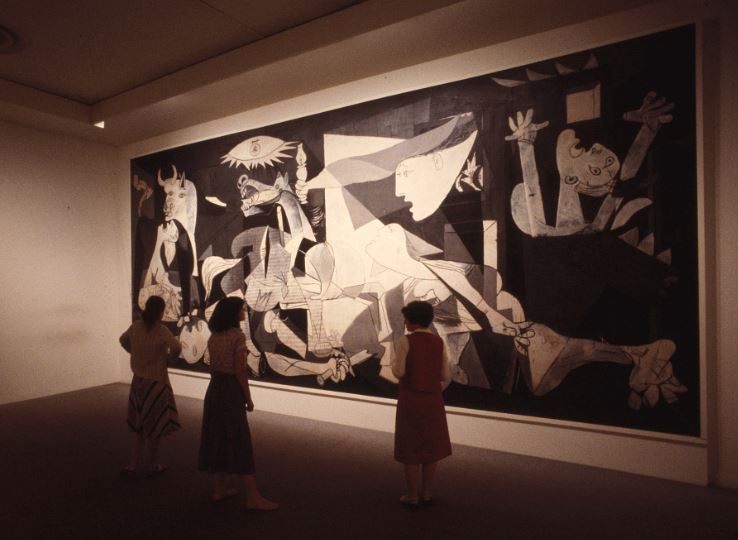
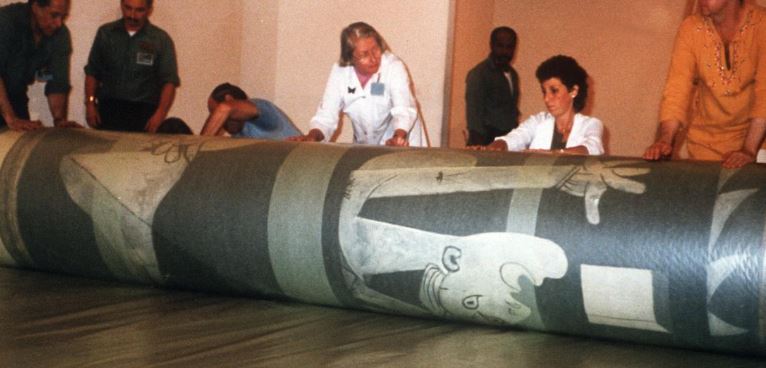
Guernica: A Testimony of Suffering
Over the years, the work has been a source of encouragement for numerous poets, artists and activists, and continues to represent an icon of hope and strength in the face of adversity. It has been reinterpreted in a variety of ways, from posters to murals and even tattoos, establishing itself as a cultural emblem in its own right.
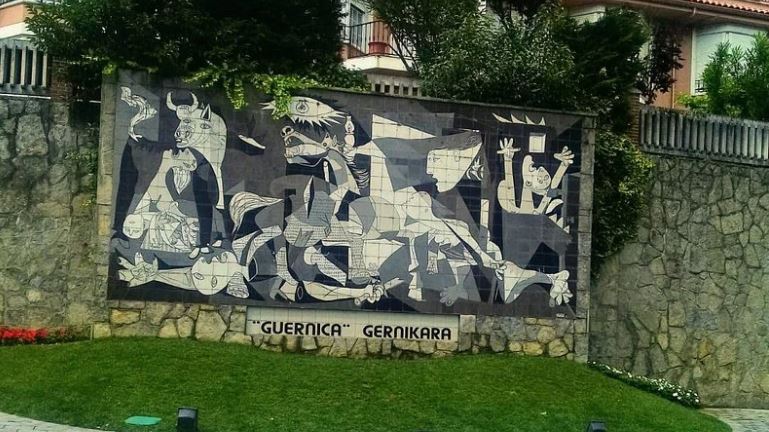
The Evolution of a Masterpiece
Although it conveys an intense message, Guernica did not receive praise when it was first exhibited, with many critics and art historians of the time questioning Picasso’s abstract approach, some even labeling it unpatriotic for questioning the Spanish government in his work. Over time, however, Guernica has been widely recognized as a masterpiece of modern art and a powerful indictment of the horrors of war.
Related Post:

